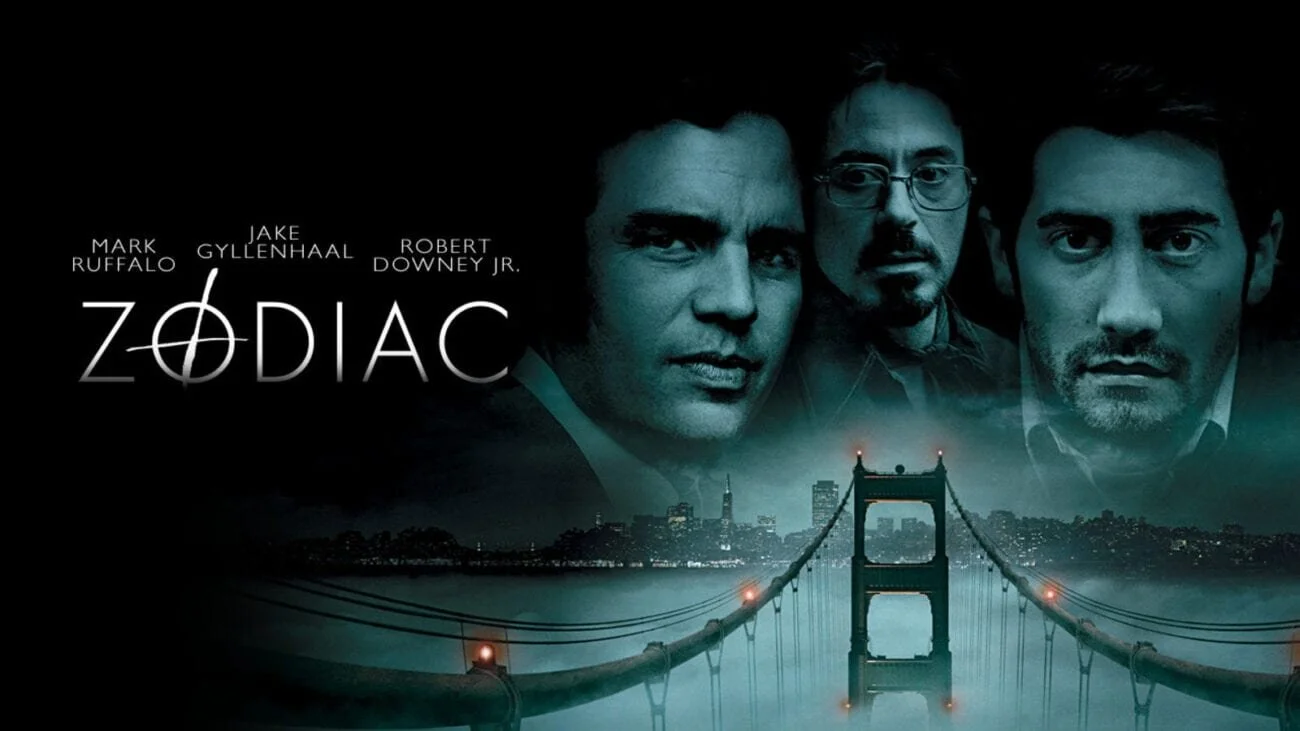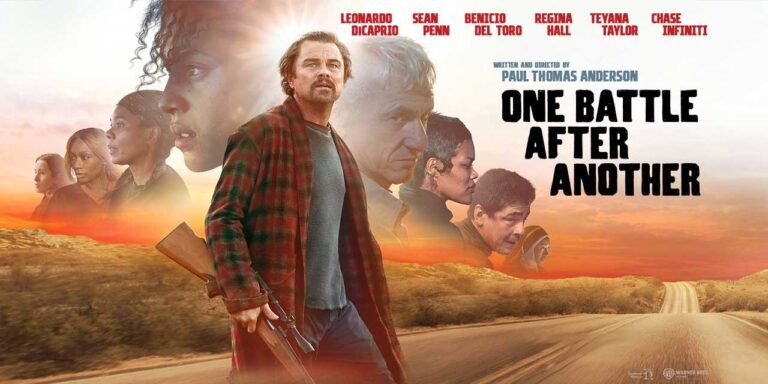
The Zodiac Killer case has long captivated the public’s imagination, with its unsolved mysteries and elusive perpetrator sparking countless investigations, books, and films. One of the most acclaimed cinematic interpretations of this chilling true crime saga is the 2007 film “Zodiac,” directed by the renowned David Fincher. As a content creator, I recently revisited this gripping movie and found myself drawn back into the web of intrigue and suspense that has made the Zodiac Killer’s identity one of the most enduring unsolved mysteries in American history.
In this in-depth blog post, we’ll delve into the key themes, characters, and creative choices that make “Zodiac” a standout entry in the true crime genre. By examining the film’s meticulous attention to detail, its nuanced exploration of the investigative process, and the lasting impact it has had on the public’s understanding of the case, we’ll uncover why this cinematic masterpiece continues to captivate audiences and inspire further exploration of the Zodiac Killer’s identity.
Staying True to the Facts: Fincher’s Commitment to Authenticity
One of the most striking aspects of “Zodiac” is director David Fincher’s unwavering commitment to authenticity. Unlike many true crime films that prioritize dramatic embellishment over factual accuracy, Fincher made a conscious decision to ground the narrative in the available evidence and witness testimonies. The film opens with a message stating that “all the events depicted in this film actually occurred, and the dialogue is drawn directly from the historical record.”
This dedication to authenticity is evident throughout the film, as Fincher meticulously recreates the crime scenes, the investigative process, and the evolving public response to the Zodiac Killer’s reign of terror. By focusing on the documented facts and the painstaking work of the investigators, the director avoids sensationalism and instead presents a nuanced, character-driven exploration of the case.
This approach is particularly evident in the film’s portrayal of the two central protagonists: Robert Graysmith, the San Francisco Chronicle political cartoonist played by Jake Gyllenhaal, and Paul Avery, the newspaper’s crime reporter, portrayed by Robert Downey Jr. Rather than turning them into archetypal heroes or villains, Fincher presents them as complex, flawed individuals whose personal and professional lives are deeply impacted by their obsession with the Zodiac Killer case.
Navigating the Investigative Process: Charting the Twists and Turns
One of the key strengths of “Zodiac” is its meticulous attention to the investigative process, which is meticulously chronicled throughout the film. Fincher’s careful attention to the timeline and the various leads and suspects is a crucial aspect of the film’s authenticity.
The director’s approach to the investigation is particularly noteworthy, as he resists the temptation to sensationalize or dramatize the proceedings. Instead, he presents the painstaking work of the police, the journalists, and the amateur sleuths, highlighting the frustrations, dead ends, and small breakthroughs that characterized the real-life investigation.
This focus on the investigative process is not only a testament to Fincher’s commitment to authenticity but also a reflection of the film’s broader themes. By delving into the complexities of the case, the director explores the nature of obsession, the limitations of human knowledge, and the elusive nature of truth. The film’s conclusion is marked by “indecision” – a fitting reflection of the enduring mystery that surrounds the Zodiac Killer’s identity.
Exploring the Lasting Impact: The Zodiac Killer’s Enduring Fascination
One of the most remarkable aspects of “Zodiac” is its lasting impact on the public’s understanding and fascination with the Zodiac Killer case. The film’s release in 2007 led to a renewed interest in the case, with new investigations, documentaries, and even a television series being produced in the wake of the film’s success.
This enduring fascination is a testament to the film’s ability to capture the public’s imagination and to delve into the deeper themes and questions that have long surrounded the Zodiac Killer case. By presenting a nuanced, character-driven exploration of the investigation, Fincher has not only entertained audiences but also sparked further exploration and debate around the identity of the elusive killer.
Indeed, the film’s impact has been so profound that it has even led to the reopening of the original police investigation in San Francisco. This speaks to the power of “Zodiac” to not only entertain but also to inspire further inquiry and analysis of one of the most enduring unsolved mysteries in American history.
Recommended Reading: Exploring the Zodiac Killer Case Further
For those interested in delving deeper into the Zodiac Killer case, several recommended reading options can complement the insights and themes explored in the “Zodiac” film:
Zodiac, by Robert Graysmith – the book that inspired the film and provides a detailed account of the investigation.
Zodiac Unmasked: The Identity of America’s Most Elusive Serial Killer, by Robert Graysmith – another book by the author that offers a comprehensive exploration of the case.
The Most Dangerous Animal of All: Searching for My Father . . . and Finding the Zodiac Killer, by Gary L. Stewart – a book that presents a different perspective on the Zodiac Killer’s identity.
By exploring these recommended resources, readers can gain a deeper understanding of the Zodiac Killer case and the ongoing efforts to unravel its mysteries. These books, combined with the insights and themes explored in the “Zodiac” film, offer a rich and multifaceted exploration of one of the most captivating true crime stories in American history.
The Enduring Legacy of “Zodiac”
In conclusion, “Zodiac” stands as a cinematic masterpiece that has left an indelible mark on the true crime genre. Through its meticulous attention to detail, its nuanced exploration of the investigative process, and its ability to capture the public’s enduring fascination with the Zodiac Killer case, the film has cemented its place as a must-see for anyone interested in the complexities and mysteries of this chilling true crime saga.
The film’s impact has been far-reaching, inspiring new investigations, documentaries, and even a television series. By presenting a balanced, character-driven exploration of the case, Fincher has not only entertained audiences but also sparked further inquiry and debate around the identity of the Zodiac Killer.
For those seeking to delve deeper into the Zodiac Killer case, the recommended reading options offer a wealth of additional resources to explore. Whether you’re a longtime true crime enthusiast or a newcomer to the case, “Zodiac” and its accompanying literature provide a rich and captivating exploration of one of the most enduring unsolved mysteries in American history.



